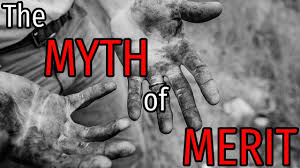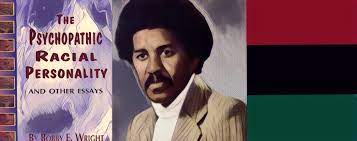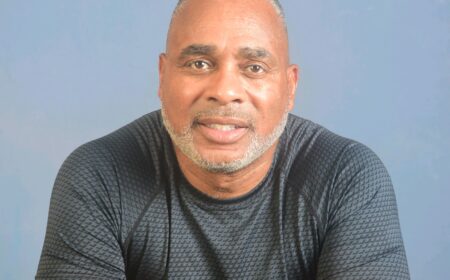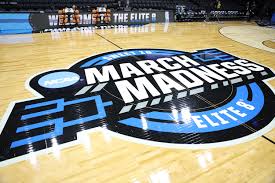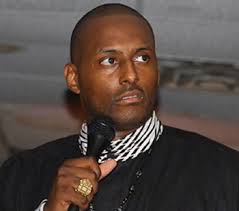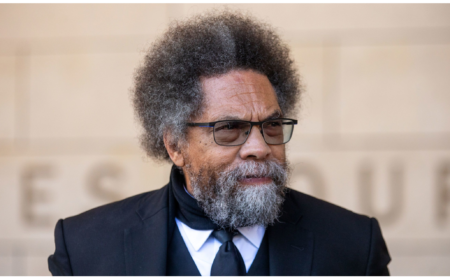Sharing is caring!
Gun control laws have long been predicated on the fear of armed Black people.
American gun ownership policies were borne out of racism and a deep fear of Black armed revolution, The Diamondback, the University of Maryland’s student newspaper, reported. Even before the Second Amendment secured gun ownership rights for White men, laws (especially across southern states) allowed White men to beat or kill Black men at even the hint of possible weapon possession. The extrajudicial killings were justified in way that resonate today, as officers can still shoot fleeing suspects without consequence.
When Louisiana was still a colony, “restrictions on blacks carrying weapons reached an extreme because of the states’ ‘dread fear of armed blacks,’” the Diamondback reminded readers. States developed policies and laws preventing Black people from owning weapons. Maryland passed state laws disallowing Black men the right to own dogs without permit. The Tennessee Constitution added a clause to specify that only “white men” were allowed to bear arms.
Centuries later, Black people who own guns are still portrayed negatively. Black people are also twice as likely to be killed by gun violence than Whites. Laws that first restricted Black people and legalized their murders are still in effect today, with Tamir Rice and Philando Castile as prime examples. Rice, a 12-year-old boy, was shot by police officers for holding a pellet gun. Castile , a motorist, was shot while during. traffic stop reaching for his identification.
Sunday’s Las Vegas shooting is proof that gun control laws are necessary, the newspaper reported. But tightening gun control should be done carefully to prevent the further victimization of Black gun owners.
